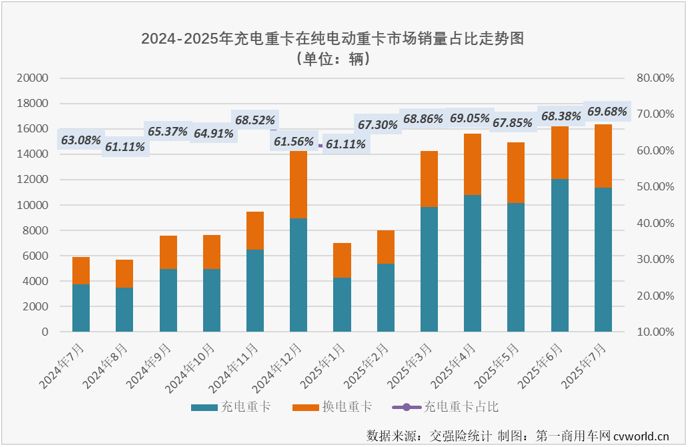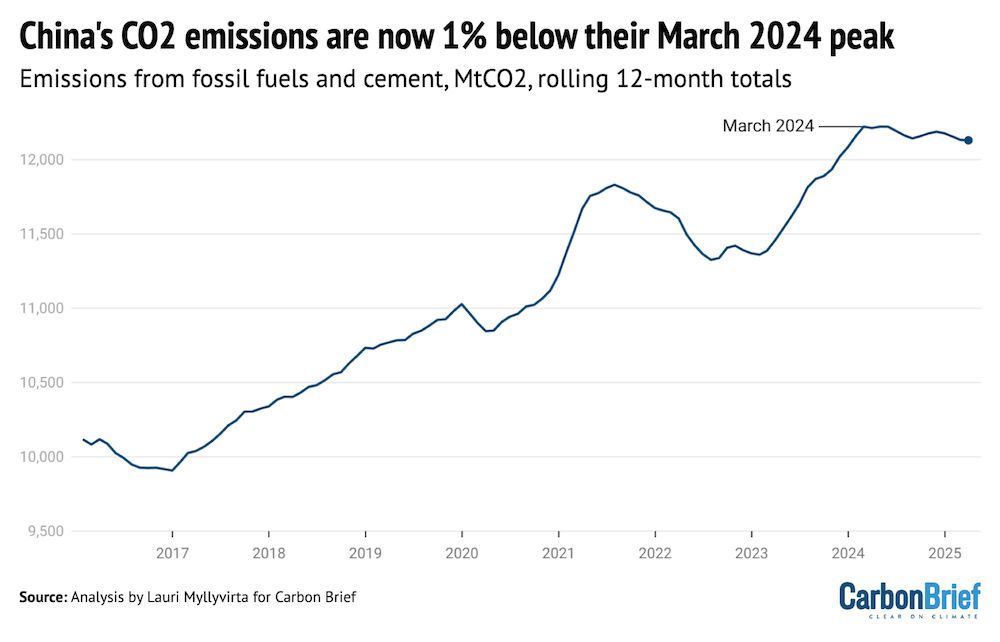Posts
Media
Videos
Starter Packs
Daniel
@dergenaue.bsky.social
· 12d
Daniel
@dergenaue.bsky.social
· 12d
Daniel
@dergenaue.bsky.social
· 24d
Daniel
@dergenaue.bsky.social
· 29d
Daniel
@dergenaue.bsky.social
· Sep 5
Daniel
@dergenaue.bsky.social
· Sep 5
Reposted by Daniel
Daniel
@dergenaue.bsky.social
· Sep 4
Daniel
@dergenaue.bsky.social
· Sep 4
Daniel
@dergenaue.bsky.social
· Jul 15
Daniel
@dergenaue.bsky.social
· Jul 13
Daniel
@dergenaue.bsky.social
· Jun 5
Reposted by Daniel







